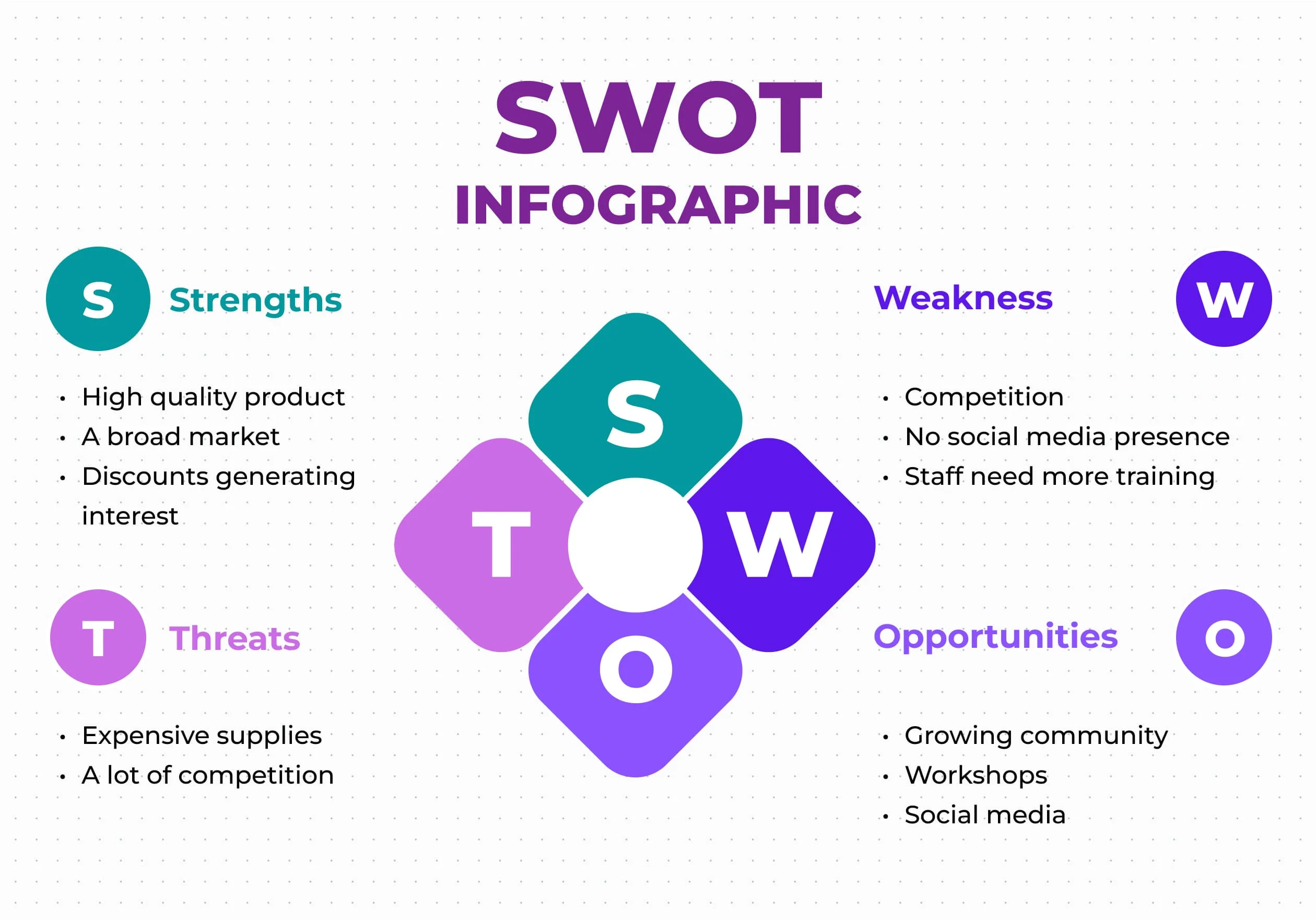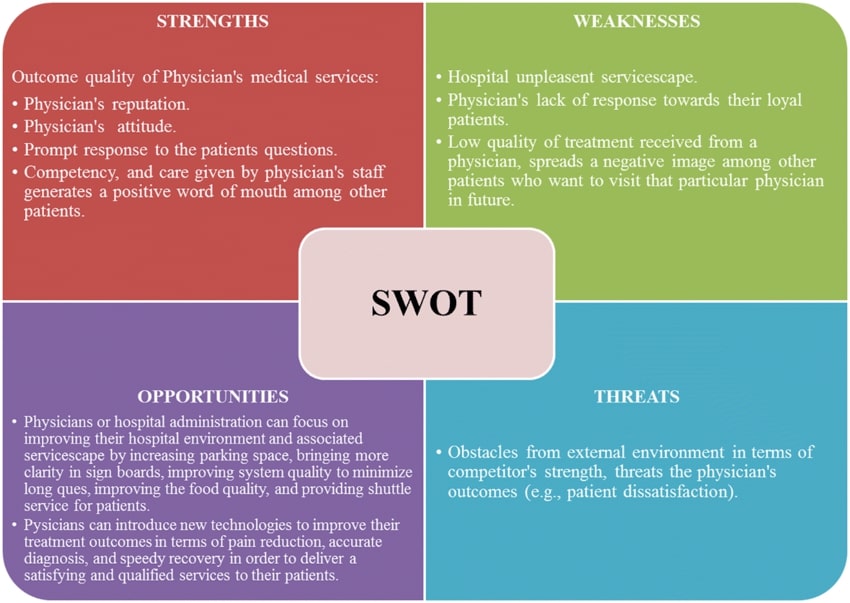- Home
- Articles
- Architectural Portfolio
- Architectral Presentation
- Inspirational Stories
- Architecture News
- Visualization
- BIM Industry
- Facade Design
- Parametric Design
- Career
- Landscape Architecture
- Construction
- Artificial Intelligence
- Sketching
- Design Softwares
- Diagrams
- Writing
- Architectural Tips
- Sustainability
- Courses
- Concept
- Technology
- History & Heritage
- Future of Architecture
- Guides & How-To
- Art & Culture
- Projects
- Interior Design
- Competitions
- Jobs
- Store
- Tools
- More
- Home
- Articles
- Architectural Portfolio
- Architectral Presentation
- Inspirational Stories
- Architecture News
- Visualization
- BIM Industry
- Facade Design
- Parametric Design
- Career
- Landscape Architecture
- Construction
- Artificial Intelligence
- Sketching
- Design Softwares
- Diagrams
- Writing
- Architectural Tips
- Sustainability
- Courses
- Concept
- Technology
- History & Heritage
- Future of Architecture
- Guides & How-To
- Art & Culture
- Projects
- Interior Design
- Competitions
- Jobs
- Store
- Tools
- More
SWOT Analysis in Architecture: A Strategic Tool for Success in Design and Planning
Discover how SWOT analysis empowers architects to navigate challenges, leverage opportunities, and align strengths for sustainable growth. This article explores its role in refining design strategies, managing risks, and adapting to industry trends, enabling architects to deliver innovative, functional, and aesthetically outstanding solutions in a competitive landscape.

In the ever-evolving world of architecture, staying ahead requires more than just creativity—it demands strategic thinking. That’s where SWOT analysis becomes a powerful tool. By evaluating strengths, weaknesses, opportunities, and threats, we can make informed decisions that shape successful projects and long-term growth.
As architects, we face unique challenges, from balancing aesthetics and functionality to navigating client expectations and market trends. A well-executed SWOT analysis helps us identify what’s working, address potential pitfalls, and uncover opportunities to innovate. It’s not just about solving problems; it’s about building a roadmap for sustainable success.
Whether we’re designing a single structure or planning an entire urban landscape, understanding the dynamics of our internal and external environment is essential. SWOT analysis gives us the clarity to adapt, compete, and thrive in an industry where precision and foresight are everything. Let’s explore how this strategic tool transforms architectural practices.

Table of Contents
ToggleWhat Is SWOT Analysis?
SWOT analysis is a strategic framework used to assess internal and external factors impacting a project or organization. It involves identifying strengths, weaknesses, opportunities, and threats to improve decision-making.
Understanding SWOT: Strengths, Weaknesses, Opportunities, and Threats
Strengths refer to internal advantages, including unique design expertise, advanced technology tools, or a skilled team. These elements provide a competitive edge.
Weaknesses highlight internal limitations, such as budget constraints, limited resources, or gaps in architectural knowledge, which could hinder progress.
Opportunities focus on external factors like market trends, emerging technologies (e.g., sustainable construction), or untapped client bases that architects can capitalize on.
Threats encompass external challenges, including economic downturns, stricter regulations, or rising competition, which could disrupt operations or project goals.
Importance of SWOT Analysis in Architecture
SWOT analysis enhances the strategic approach architects take while navigating project and industry complexities. It aligns strengths with opportunities, ensuring firms maximize their potential.
Evaluating weaknesses and threats allows architects to mitigate risks, improve resource allocation, and meet client expectations effectively.
In architecture, analyzing external trends creates opportunities for sustainable practices, innovative materials, or design solutions tailored to shifting client needs.
Strengths in Architectural Projects
Recognizing strengths is critical to ensuring the success of architectural projects. Strengths represent internal capabilities that set a project or firm apart in delivering innovative and effective solutions.
Identifying Core Competencies in Design
Establishing design competencies enables architects to create functional yet aesthetically compelling spaces. Expertise in specific design styles, such as modernist structures or sustainable architecture, enhances distinctiveness. Advanced 3D modeling tools and software streamline visualization and iteration, resulting in efficient project workflows. Incorporating user-focused design principles ensures projects meet client needs while exceeding expectations.
Leveraging Unique Architectural Expertise
Architectural expertise helps firms address complex challenges creatively. Experience with specialized projects, such as adaptive reuse or urban planning, strengthens competitive positioning. Collaboration with multidisciplinary teams enriches solutions, integrating engineering, interior design, and landscaping seamlessly. Deep knowledge of materials and construction techniques ensures cost-effective, high-quality outcomes adaptable to diverse environments.

Addressing Weaknesses in Architecture
Identifying and addressing weaknesses in architecture is vital for overcoming limitations and improving project outcomes. Weaknesses often stem from internal factors that hinder efficiency and client satisfaction.
Common Architectural Challenges
Architectural practices face recurring challenges that expose operational and creative gaps. Budget constraints often restrict material selection or force design compromises. Limited expertise in emerging technologies, like AI-assisted design tools or sustainable construction methods, can reduce competitiveness. Inefficient project management leads to delays and scope misalignment, affecting client trust. Additionally, insufficiently trained staff and lack of diverse skill sets can limit firms’ ability to meet complex demands.
Turning Weaknesses Into Opportunities
We can transform weaknesses into growth opportunities by implementing strategic improvements. Investing in technology training equips teams to adopt innovative tools that enhance efficiency. Strengthening project management frameworks through software integration fosters better time and resource optimization. Expanding staff skills via workshops or hiring specialists diversifies capabilities, addressing complex designs effectively. By reallocating resources to enhance material sourcing and design quality, firms can strike a balance between client budgets and innovative outputs.
Exploring Opportunities in Architecture
Opportunities in architecture often arise from external factors that drive innovation and growth. Identifying these factors enables architectural firms to stay competitive while meeting evolving client and industry demands.
Emerging Trends and Technologies
Architectural opportunities increasingly stem from advancements in technology and shifts in design trends. Adopting tools like Building Information Modeling (BIM) and parametric design software enhances precision and efficiency. Sustainable design solutions, such as energy-efficient buildings and renewable materials, align with global environmental priorities. For instance, integrating green roofs or solar paneling meets consumer expectations while promoting sustainability.
Smart building systems, including IoT-enabled infrastructure, represent another transformative area. By developing expertise in smart city planning and data-driven design, we unlock projects in growing urban markets. Additionally, virtual and augmented reality tools offer immersive client presentations, fostering better understanding of design concepts.
Expanding Market Demands
Evolving client needs and market demographics create diverse opportunities. Urbanization accelerates growth in residential, mixed-use, and public infrastructure projects. For example, redeveloping older neighborhoods into modern hubs appeals to investors and residents. Inclusive design, catering to accessibility and diverse cultural needs, adds significant value in these projects.
Specialized markets such as healthcare, education, and hospitality also provide avenues for innovation. Focusing on functional yet aesthetic solutions in hospitals or schools enhances user experience. Similarly, rising tourism boosts demand for innovative hotels and resorts tailored to unique locations. By analyzing market trends, we align architectural services with sector-specific requirements.

Recognizing Threats to Architectural Success
Identifying threats is essential in minimizing risks that can hinder project success or firm sustainability. These external challenges require proactive strategies to safeguard architectural endeavors.
Industry Competition and Economic Factors
Intense competition and economic instability often pose significant threats to architectural practices. Competitors targeting overlapping markets or leveraging advanced tools, like enhanced BIM software, can eclipse market share. Economic downturns can delay project approvals, reduce client budgets, and diminish overall demand, particularly for complex or luxury architectural designs. Rising construction costs further increase the risks of project cancellations or profit margin reductions. To address these challenges, diversifying client bases and incorporating cost-effective solutions are key strategies.
Regulatory and Environmental Challenges
Adapting to stringent regulations and shifting environmental demands is crucial to achieving project compliance and sustainability. Local zoning laws, building codes, and changing energy efficiency standards impose constraints on design flexibility and timelines. Failure to incorporate eco-friendly practices or meet international sustainability certifications, like LEED, can result in penalties and reputational risks. Additionally, natural resource limitations and climate change impacts require innovative approaches, such as integrating renewable materials or passive design techniques, to align with environmental priorities while maintaining design integrity.

Practical Applications of SWOT Analysis in Architecture
SWOT analysis aids architects in achieving success by aligning their strategies with project-specific requirements. Its applications extend across design innovation, management optimization, and risk mitigation to deliver impactful results.
Enhancing Design Strategies
SWOT analysis supports design teams by identifying internal strengths and external opportunities to refine creative approaches. Reviewing strengths, such as a firm’s expertise in sustainable architecture or mastery of advanced modeling tools like BIM, helps us strategically innovate designs that meet client expectations and industry standards. Recognizing weaknesses, like gaps in expertise with emerging technologies, encourages targeted improvements to deliver competitive designs.
Opportunities, such as rising demand for green building solutions, align directly with environmentally focused design strategies, enabling us to develop solutions like energy-efficient facades or renewable energy integration. Addressing external threats, such as stricter building regulations, ensures that designs maintain compliance while reinforcing quality and functionality.
Streamlining Project Management
Through SWOT analysis, we uncover weaknesses in project workflows, such as inefficient communication channels or resource allocation, and implement corrective measures like technology adoption or streamlined task management systems. Leveraging strengths, such as experienced project managers or proven frameworks, ensures effective oversight of timelines, budgets, and deliverables.
Opportunities like advancements in collaborative platforms allow us to streamline coordination, particularly for complex multi-stakeholder projects. Threats, including economic volatility and supply chain disruptions, necessitate proactive plans such as budget contingency frameworks or alternative vendor sourcing, ensuring project viability and reduced delays. By mitigating risks with SWOT insights, we create adaptive, resilient management approaches.
Conclusion
SWOT analysis in architecture provides a structured approach to understanding project dynamics and firm operations. By examining internal strengths like advanced design capabilities and identifying weaknesses such as outdated workflows, we can enhance strategies that elevate project performance. Leveraging external opportunities, including technological advancements and sustainable design trends, enables us to remain competitive and innovative in a demanding industry. Simultaneously, addressing threats like economic challenges, regulatory shifts, and heightened competition ensures adaptability and long-term success.
Through this framework, we align internal assets with external demands, mitigating risks while fostering growth. Implementing SWOT analysis helps us refine workflows, optimize resources, and create architectural solutions that balance functionality, aesthetics, and sustainability.
- architectural planning strategies
- architecture competitive analysis
- architecture project management tools
- architecture risk management
- architecture strategic tool
- architecture SWOT analysis
- design and planning strategy
- design process evaluation
- design SWOT analysis
- opportunities in architectural design
- strategic analysis for architects
- strategic planning in architecture
- strengths and weaknesses in architecture
- success in design planning
- SWOT for architects
- SWOT methodology architecture
- threats in architecture projects
illustrarch is your daily dose of architecture. Leading community designed for all lovers of illustration and #drawing.
Submit your architectural projects
Follow these steps for submission your project. Submission FormLatest Posts
Top 8 Luxury Vacation Rentals Features Guests Love Most
A luxury vacation rental offers an entirely different experience than a typical...
Why Local Expertise Matters: Choosing the Right Plumbers in Townsville
Why Local Expertise Matters: Choosing the Right Plumbers in Townsville When it...
Bathroom Remodel ROI: How to Add $15–30K to Your Home Value in 2025-2026
Outdated bathrooms can drag a listing 20-30% longer on the market. Buyers...
The Key Factors to Review When Comparing Fiber Providers in Minneapolis
Looking for a fiber provider in Minneapolis can feel surprisingly overwhelming. The...












Leave a comment